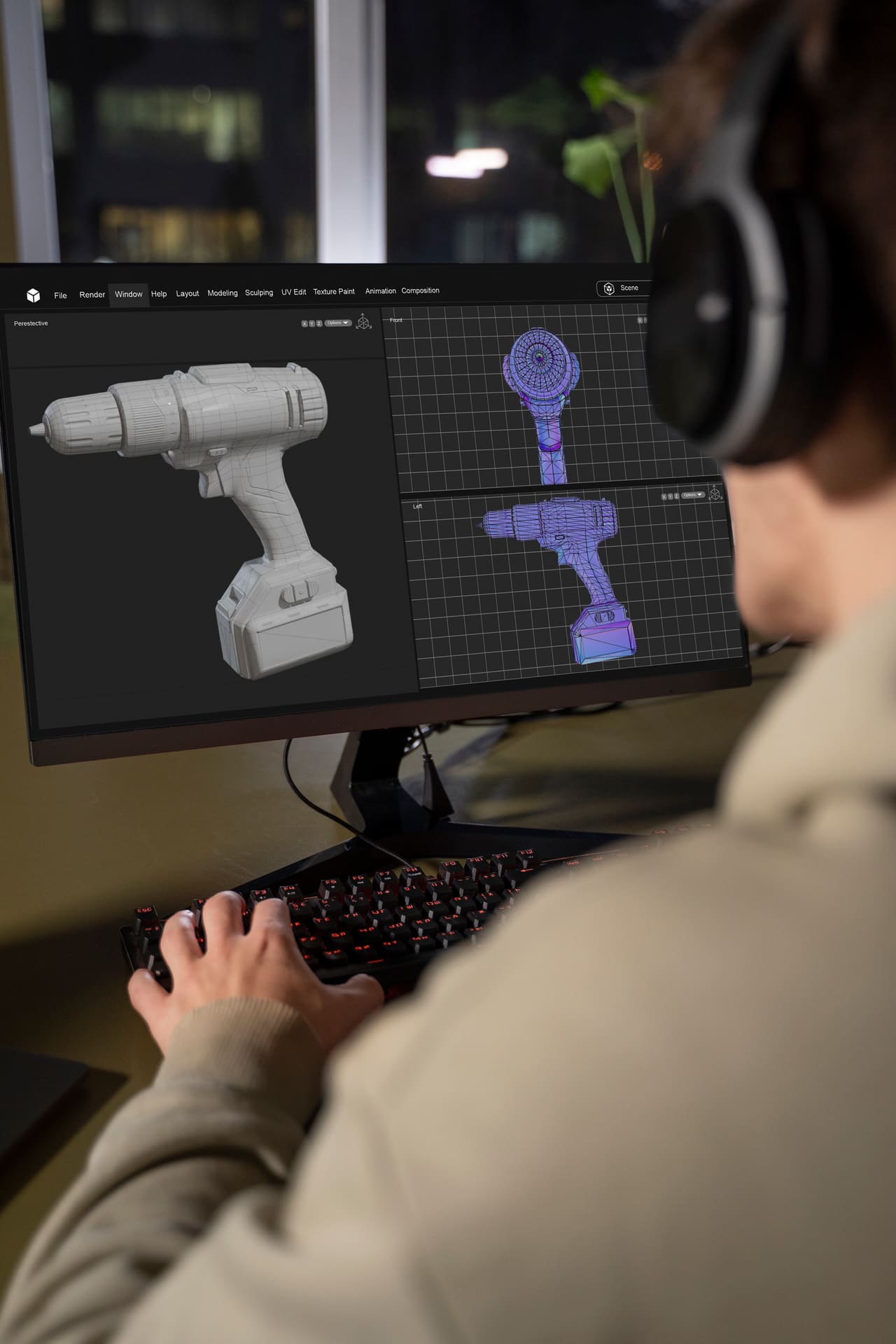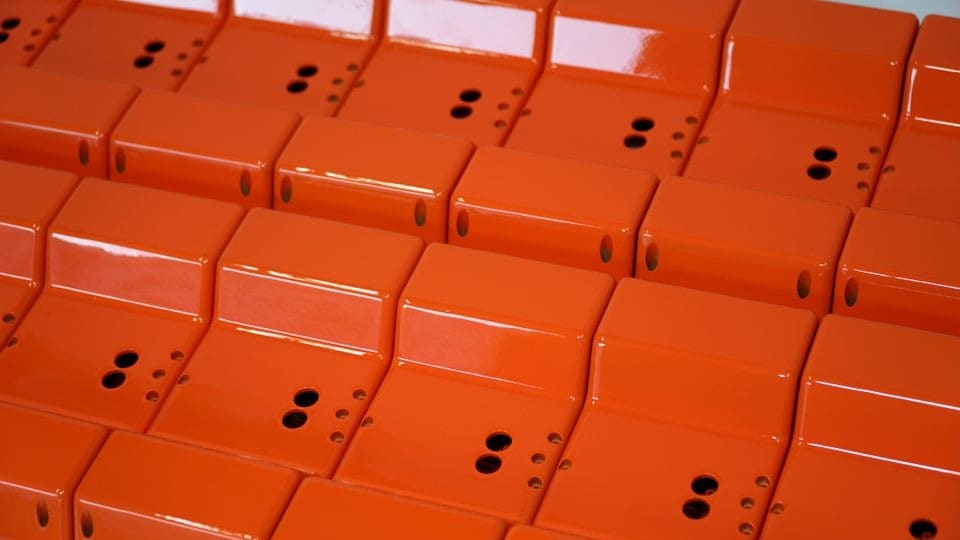2026 Product Development Trends: What Developers and Organizations Need to Watch
2025.11.19
The product development landscape is evolving faster than ever, driven by rapid advances in AI, manufacturing technologies, and rising sustainability expectations. These shifts will accelerate further in 2026. Generative AI adoption, data-driven decision-making, high-speed and high-precision prototyping, user- and outcome-driven design, and stronger sustainability requirements are expected to shape the core fundamentals of product development.
This article highlights five trends that will directly influence development speed, product quality, and competitiveness—and what product teams should prepare for.
1. Generative AI Integration & AI-Augmented Design
Generative AI is quickly becoming embedded throughout the product development lifecycle. According to the latest McKinsey Global Survey, 28% of organizations already use generative AI in product development, making it the second-largest application after marketing and sales. Generative AI now supports concept exploration, automated prototyping, and repetitive task reduction—helping teams shorten development timelines. (Source: Mckinsey Global Survey, State of AI )
In Korea, adoption is accelerating as well. Dell Technologies’ “2025 Survey” reports that 49% of Korean enterprises have established data science teams and deployed generative AI solutions, up from 43% the year before—an indication that companies are moving beyond experimentation into maturity. (Source: ZDNet Korea)
In 2026, generative AI is expected to play an even more influential role in design quality, verification, documentation, and early-stage prototyping. Organizations will benefit from evaluating where AI can be introduced—design automation, simulation, drawing generation, or iterative prototyping—and building a phased AI adoption roadmap to prepare for these changes.
2. Data & BI-Driven Product Development
As product complexity grows, relying solely on intuition makes decision-making increasingly risky. Data-driven product development has effectively become the norm.
User feedback, test results, and production quality data are now collected and integrated in real time, enabling more accurate design iterations. In one case, targeted A/B testing improved onboarding completion rates by 22%. Customer insight platforms are also combining offline purchases, online behavior, and social activity to create 360-degree customer profiles, supported by APIs, documentation standards, and performance metrics. Modern analytics and BI tools help teams identify usage patterns, behavioral trends, and friction points more quickly.
By 2026, the ability to connect test and quality data to BI and advanced analytics tools will become a core differentiator. To achieve this, organizations must strengthen data quality, governance, and integration capabilities—building a continuous loop of test → analyze → improve → redesign.
3. Advanced Prototyping
Prototyping continues to be essential in the early stages of development. CAD-based simulations, 3D printing (saving up to 90% material), and precision CNC machining (up to 0.001-inch tolerances) significantly shorten development and validation cycles.
Powered by AI-based model checks, industrial-grade SLA/SLS 3D printing, CNC machining, vacuum casting, and a global manufacturing network, Creallo streamlines digital validation → prototype fabrication → pilot production into a unified workflow. This helps teams in robotics, medical devices, electronics, and industrial equipment validate concepts faster and enter early-stage production with greater confidence.
Looking ahead to 2026, the strongest development frameworks will combine digital simulation with physical prototyping rather than relying on a single technology. Having a reliable partner that can accelerate both prototyping and pilot-production cycles will become increasingly valuable.
4. User-Centric & Outcome-Driven Mindset
Product development is shifting from feature-oriented development to value- and outcome-oriented development. Global studies show that user-centered design can improve satisfaction by up to 30% and conversion rates by 83%, demonstrating its clear impact on competitive performance.
Outcome-driven design—built on user-centered principles—focuses on measurable results, such as behavioral change, user benefit, and business impact, rather than outputs. This approach enables teams to uncover real needs, refine problem definitions, and ensure that design decisions align with intended outcomes. Deep understanding of context, workflows, and operating conditions is becoming foundational in early-stage design.
In Korea, industries such as machinery, robotics, and medical devices are incorporating usability, serviceability, and field operability into their design criteria from the outset. By 2026, organizations will need to look beyond UX improvements and align design goals with outcome-level performance metrics—such as accuracy, safety, efficiency, and processing speed.
5. Sustainability, Ethical & Circular Design
Up to 80% of a product’s environmental impact is determined during the design phase, making early decisions critical. Lightweight materials, recycled polymers, energy-efficient manufacturing, and waste-reduction strategies are becoming essential design considerations.
In Korea, ESG and carbon-reduction policies are accelerating sustainable design adoption. Lightweight structures, wider use of recycled plastics, easier disassembly, and reduced process waste are becoming established practices. In line with this transition, Creallo operates ISO 14001-certified environmental management systems across its prototyping-to-pilot-production workflows.
As sustainability increasingly influences purchasing and regulatory environments, companies will benefit from building frameworks that evaluate environmental impact across materials, processes, and production infrastructure.
Final Thoughts
How quickly development teams and manufacturers can internalize these shifts will directly affect development speed, product quality, and competitiveness.
With AI-based model analysis, real-time quoting, industrial-grade SLA & SLS 3D Printing , CNC and Vacuum Casting capabilities, prototype-to-pilot manufacturing workflows, and ISO-based quality and environmental systems, Creallo supports companies throughout the entire development and manufacturing lifecycle.
We will continue strengthening our role as a trusted manufacturing partner—helping teams bring products to market faster, more reliably, and with greater consistency in an industry undergoing rapid transformation.
This article is based on StartUs Insights’ Product Development Trends and data from the Korean manufacturing industry, reorganized to highlight the key developments expected to shape the product landscape in 2026.

